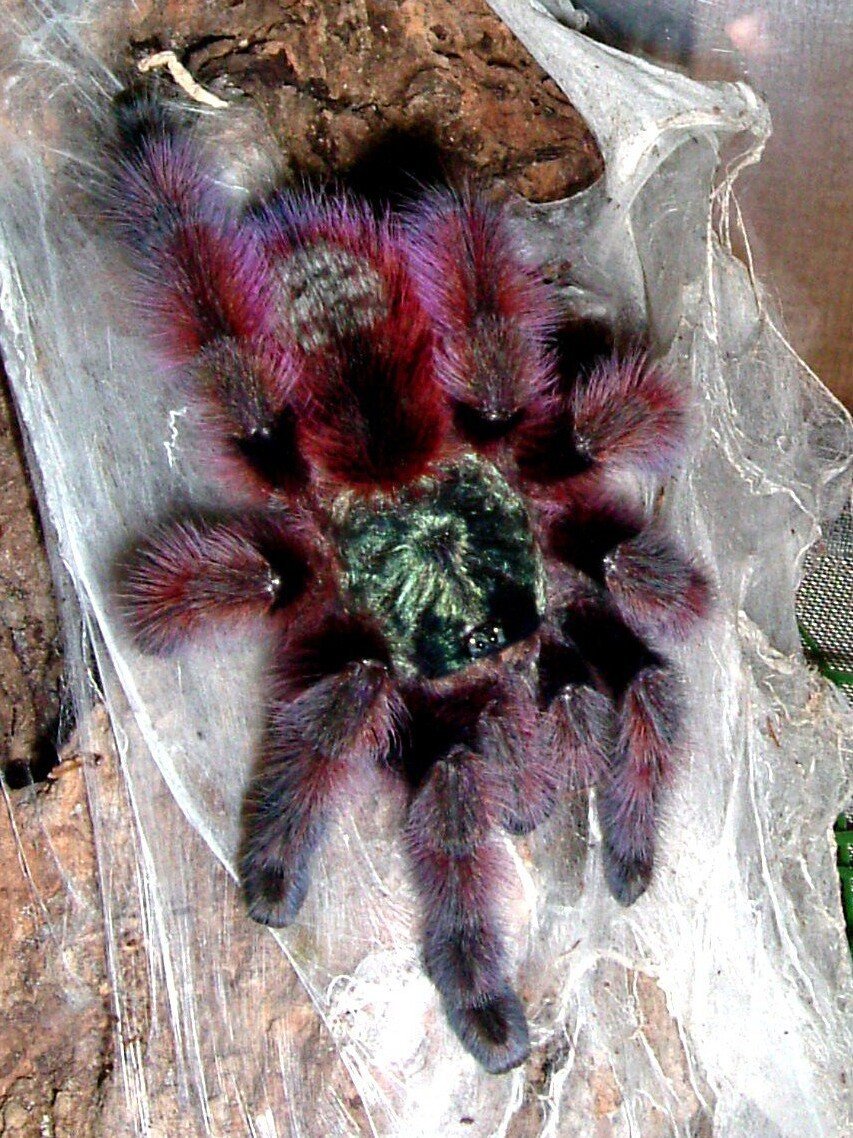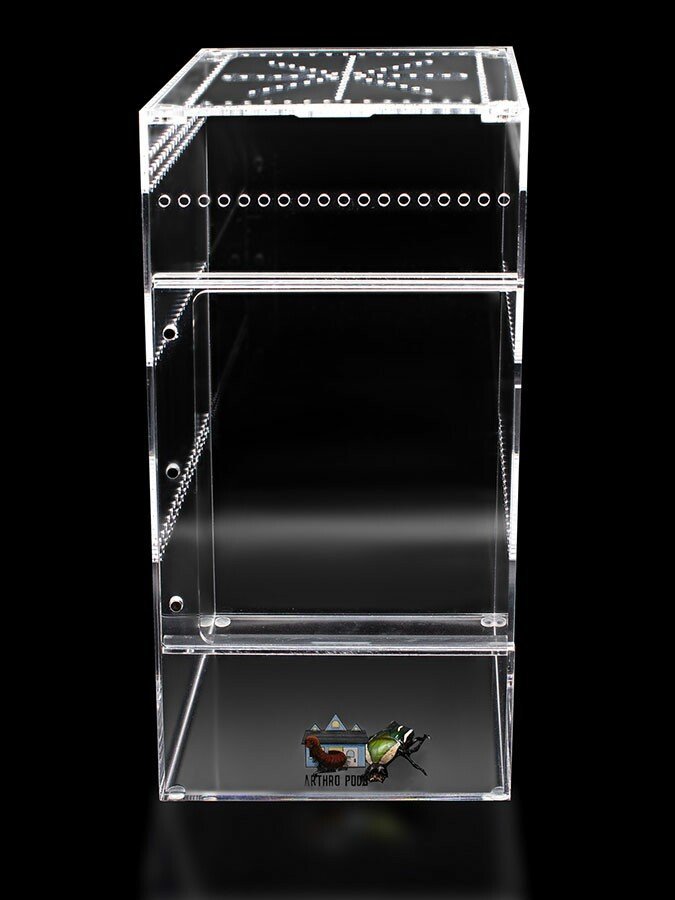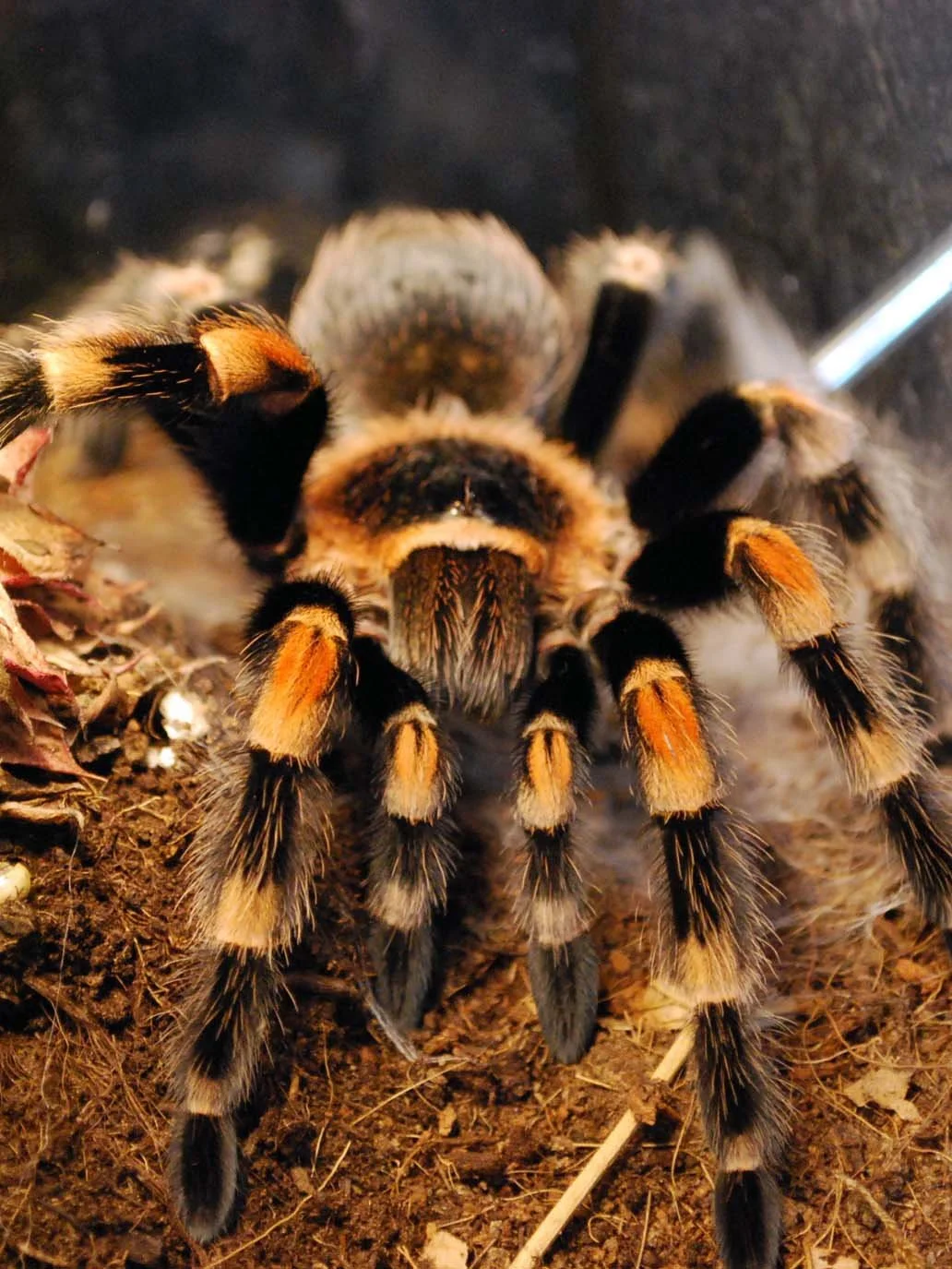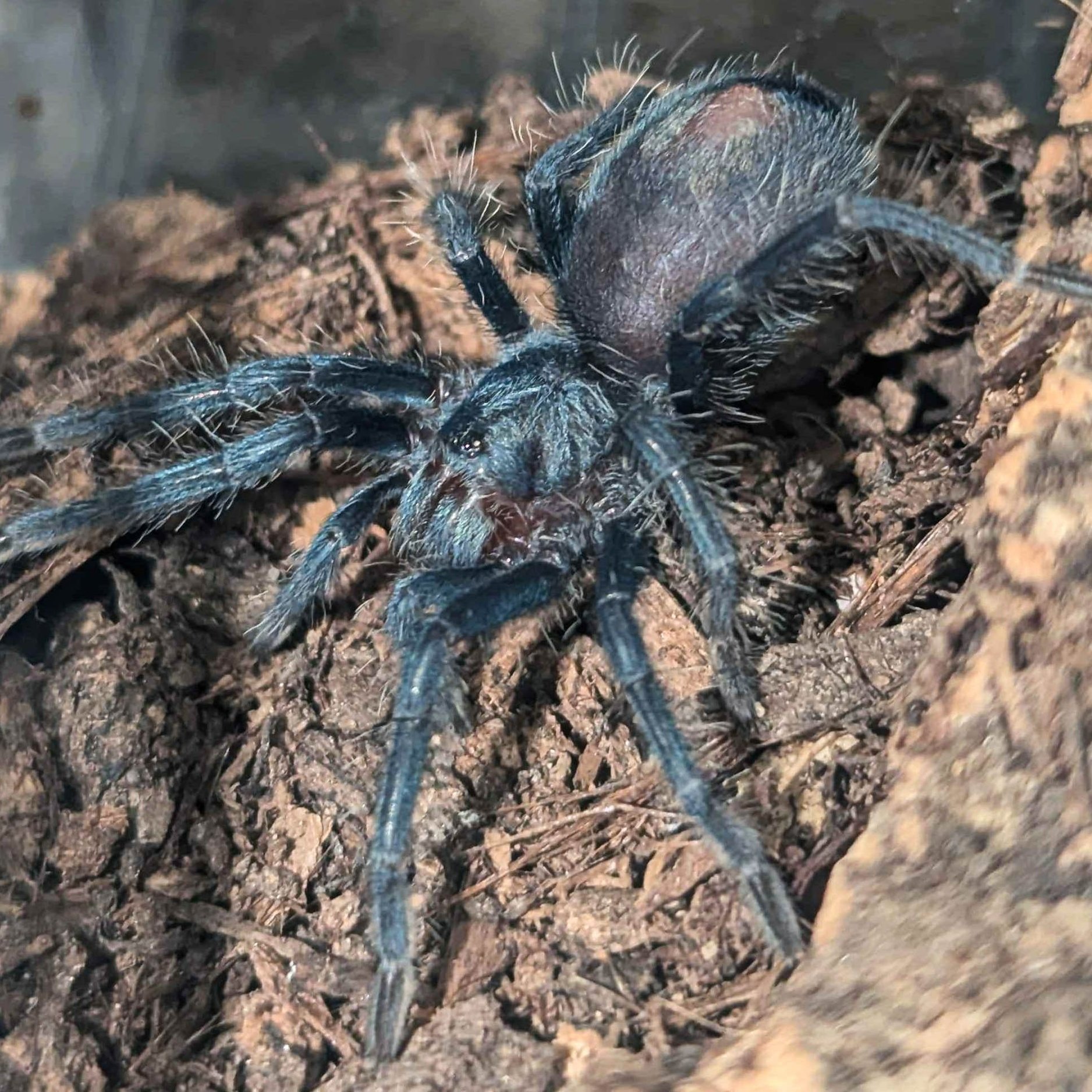Caribena versicolor
Commonly mistaken as a cousin to the Avicularia genus because of the ‘pinktoe’ in their common name, these are, without a doubt, the best New World arboreal tarantulas for a more novice keeper. Buying them as slings gives you the benefit of seeing them in their remarkable blue phase, and then you get to see as they slowly get purple and pink hues! In addition to their beauty, their method of delivering urticating hairs, rubbing them off on you vs. kicking them, makes them incredibly desirable for those who don’t hold their tarantulas, but still, nothing to worry about if you do. It is a truly spectacular species to add to your collection.
Commonly mistaken as a cousin to the Avicularia genus because of the ‘pinktoe’ in their common name, these are, without a doubt, the best New World arboreal tarantulas for a more novice keeper. Buying them as slings gives you the benefit of seeing them in their remarkable blue phase, and then you get to see as they slowly get purple and pink hues! In addition to their beauty, their method of delivering urticating hairs, rubbing them off on you vs. kicking them, makes them incredibly desirable for those who don’t hold their tarantulas, but still, nothing to worry about if you do. It is a truly spectacular species to add to your collection.
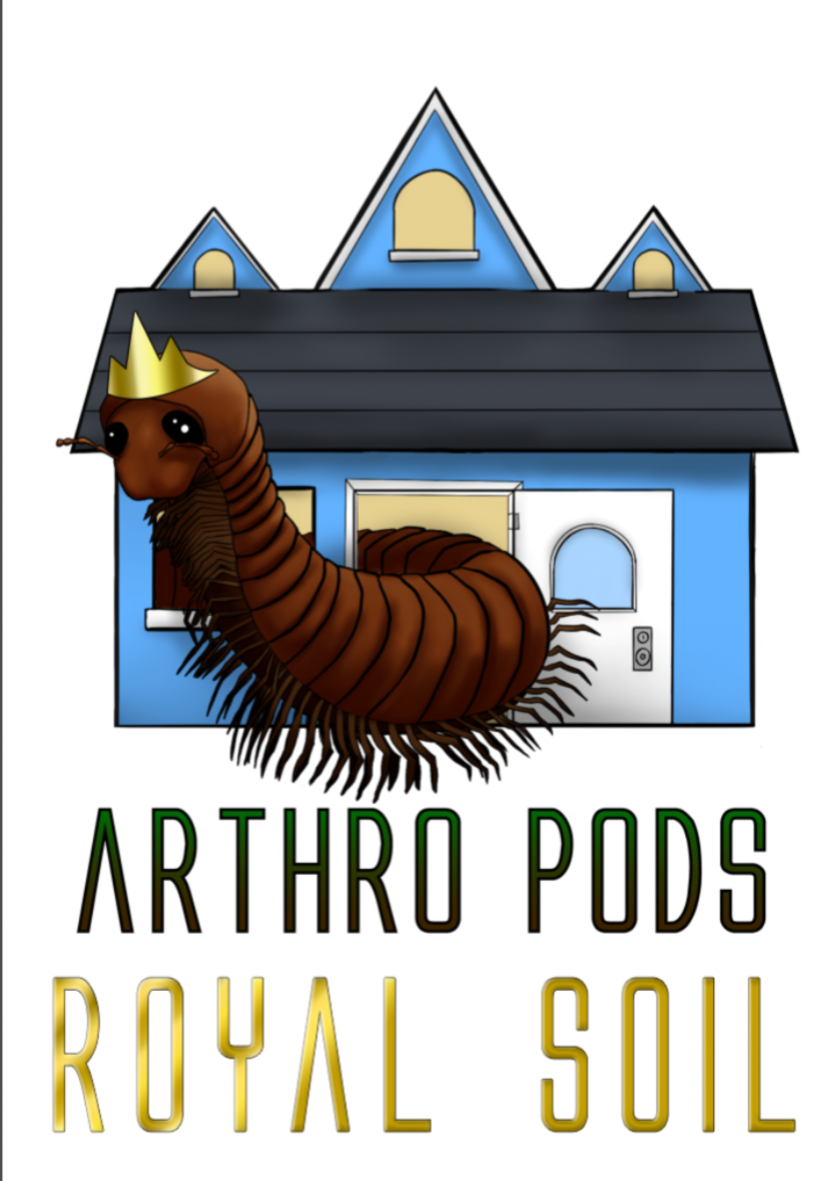
Commonly mistaken as a cousin to the Avicularia genus because of the ‘pinktoe’ in their common name, these are, without a doubt, the best New World arboreal tarantulas for a more novice keeper. Buying them as slings gives you the benefit of seeing them in their remarkable blue phase, and then you get to see as they slowly get purple and pink hues! In addition to their beauty, their method of delivering urticating hairs, rubbing them off on you vs. kicking them, makes them incredibly desirable for those who don’t hold their tarantulas, but still, nothing to worry about if you do. It is a truly spectacular species to add to your collection.
What's the ideal diet for an Antilles Pinktoe Tarantula?
All Tarantulas can eat a variety of feeders. Stick to crickets, dubia roaches, silkworms, horned worms occasionally, and a superworm or mealworm as the occasional treat!
How should I keep an Antilles Pinktoe Tarantula?
For this particular creature, you can start with a small Arboreal Bliss enclosure, and when they get to be about ⅓ the size, you will want to upgrade to a medium or large Arboreal Bliss enclosure. Feed them as slings once a week, twice if their opisthosoma (abdomen) looks small, but if the opisthosoma is wider than their prosoma (pneumothorax), then wait a couple of days to feed. For juveniles or adults, stick to feeding once a week, nothing larger than their opisthosoma. Make sure to keep a full water dish at all times; wider and deeper is fine. Your tarantula can’t drown; they float on water.
How long could an Antilles Pinktoe Tarantula live?
Females are believed to live upwards of 12 years, with males living between 2-3 years maximum. All estimates are based on multiple sources.
Photo courtesy of Wikipedia (CC BY-SA 3.0)


